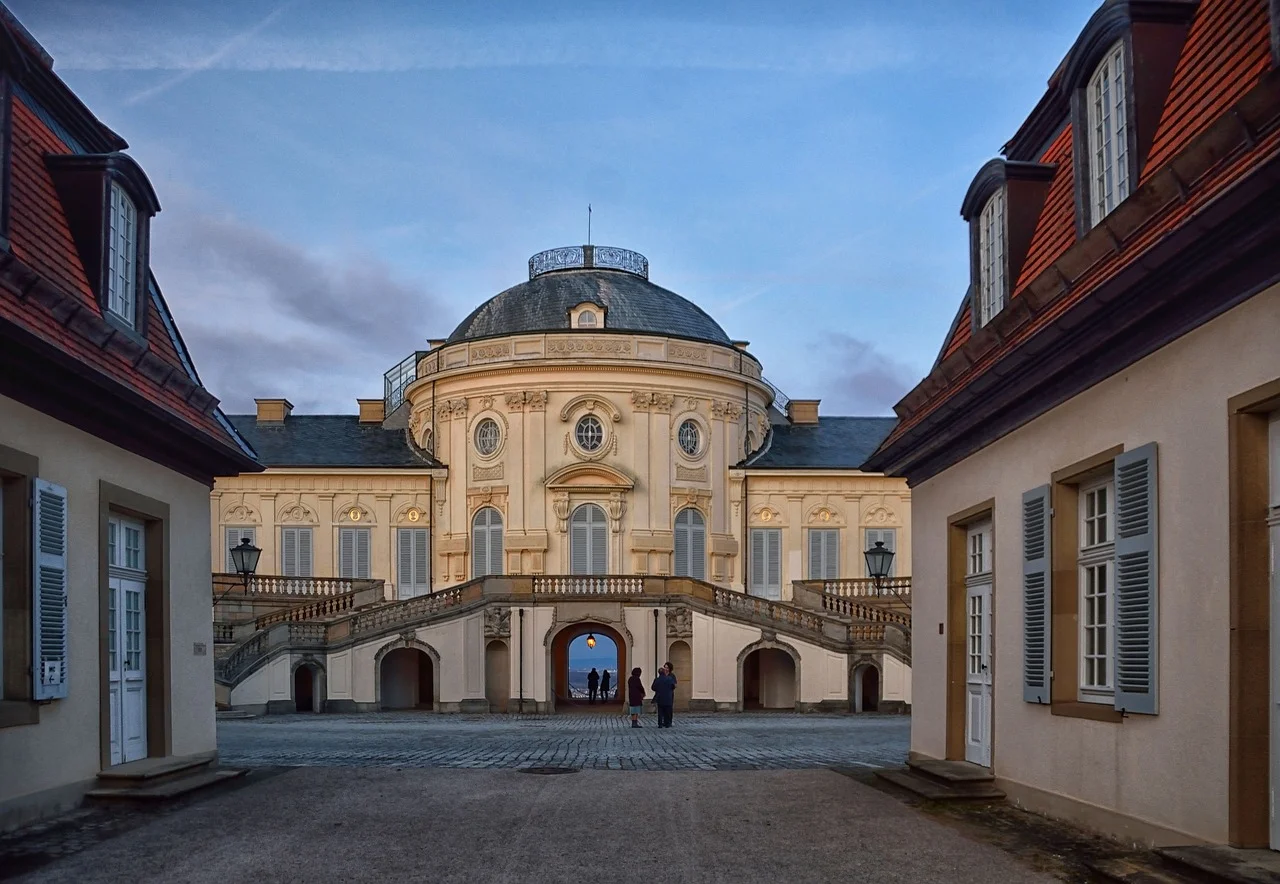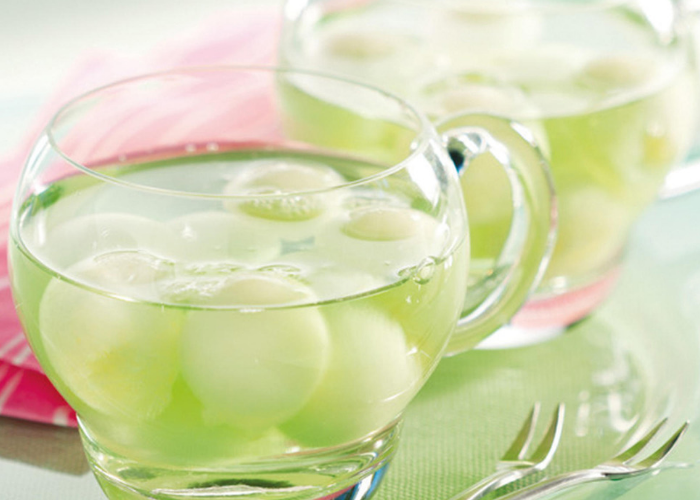Springtime in Germany
Stuttgart
Last May and June, I made two trips to Germany and had the most wonderful time. Not only did I enjoy myself musically, but I got to enjoy their delicious seasonal food and drink as well. These days, when one can buy anything all year around, even if it has flown across the globe, it is terrific to know that everyone in Europe looks forward to and relishes the local delights that each season has to offer. Springtime in Germany is particularly rich in vernal specialties, and I was lucky to be able to enjoy many of them on my jaunt.
My visit began in Stuttgart, a city that at present as the 'traffic chaos' capital of Germany. The whole of the middle of town is being torn up to rebuild underpasses and new rail lines. It reminds me of Berlin in the 1990’s. I was there to record some Mozart Violin Concertos with the peerless Gil Shaham and the SWR orchestra, a lovely group with which to make this music. Accompanying Gil in Mozart is one of the great musical pleasures I can think of; you just know that you are in the presence of greatness. Not only that, he is so very nice, kind and easy to play with.
However, the week wasn’t all Mozart. One day, I took the train to nearby Tübingen to visit some friends for lunch. My good pal Hiram Simon divides his time between Berkeley and Tübingen where his wife, Astrid, is a professor at the University. They and their children live in an apartment which overlooks the town, the castle, and the river Neckar like an eyrie.
Since Hiram is a vintner, we had some splendid wines, but the pièce de resistance was Hiram’s roasted white asparagus. Here in the USA, asparagus (spargel) is green, but in Germany, everyone gets very, very excited about the white kind in May and early June.
You see it everywhere, on every market stall and the ‘specials’ menu at every restaurant. In some places, there are even competitions for a “Spargel Prinzessin’’. It is usually served boiled (often by the kilo) with a side of new potatoes and a lot of hollandaise or butter. One can then add, ham, a schnitzel or smoked salmon to this basic dish. Of course, this is all delicious, although the hollandaise is from a packet and practically glows in the dark in some less fancy places.
White Asparagus
Hiram’s method is so much better and now is my absolute favourite of eating this springtime treat. This isn’t really an exact recipe so much as a rough guide:
Wash one pound of white asparagus and peel all the thick outer skin from each spear to remove any parts that are tough.
Place the stems on aluminium foil in one layer. Top with 3 tbsp on butter cut up into nut-sized pieces. Sprinkle with salt, pepper and a little brown sugar. Squeeze some lemon juice over the top.
Put into a preheated 375 degree oven for somewhere between 30 and 40 minutes depending on the thickness of the stalks. The tops should be lightly caramelised.
Add another squeeze of lemon juice and some chopped parsley. You certainly won't need any gloppy, “day-glow” sauce with this.
After a concert in the magical theatre in the castle in Schwetzingen (and more spargel), I went up to Göttingen to see more friends. At this time of year, the woods that surround the town all have an intoxicating smell of wild garlic (bärlauch). On weekends, little groups of gastronauts can be seen picking it. The season lasts only a short time, but it is a much loved treat. In the UK and the USA, it is known as ramps and one can certainly find it in farmer’s markets and specialty shops.
Pesto
My favourite restaurant in Göttingen is Gaudì, which is right in the heart of the town. Unlike many German restaurants, it stays open late, making it the perfect spot for a post-concert dinner. In springtime, one delicious dish I’ve had there is pasta with pesto but instead of basil, they use bärlauch. This recipe isn’t theirs but I hope that it is similar:
You’ll need:
100 grams of arugula (rocket)
About 20 Bärlauch (ramps) leaves
1.25 dl good olive oil
3 Tbls Toasted Pine nuts
½ clove of minced garlic
120 grams of grated cheese (a mixture of parmesan and pecorino is best)
Salt and Pepper to taste
Although purists will say that all pesto must be made with a mortar and pestle, the easy method for busy musicians is to use a blender.
Put the arugula, bärlauch, oil, pine nuts and garlic into the blender. Whizz until the everything is nicely blended. Transfer to a metal bowl, add the grated cheeses and season.
How about something to drink?
This brings me to my final German springtime treat: Waldmeister or Sweet Woodruff as it is known in English.
In June, on my second trip to Germany, after a week in Leipzig, I went to Hanover to conduct Handel’s Samson. The cast were all good friends from the USA and Europe and we were a very jolly group indeed. Among them was Thomas Cooley who sang the title role in the oratorio. Several years ago, it was he who introduced me to waldmeister one spring during the Göttingen Festival. You can find waldmeister ice cream everywhere. The colour can look a bit artificial looking, as it can be a very bright green. But when it is well-made, the taste is totally refreshing, especially when a rainy German spring suddenly turns into the boiling early days of summer.
But my favourite waldmeister delight, at least when I am not working, is Maibowle, a waldmeister punch that is guaranteed to induce a post-prandial nap on a hot Sunday afternoon.
Maibowle
What You’ll Need:
One bottle of chilled white wine (German of course. Mosel is always wonderful)
Six sprigs of waldmeister (sweet woodruff) bound together
One bottle of chilled Sekt (Champagne)
Orange and lime slices
Method:
Pour the wine into a glass punch bowl and add the tied-up sprigs of waldmeister. Leave for about an hour. Add the Sekt and the fruit slices. Stir, serve and smile.



